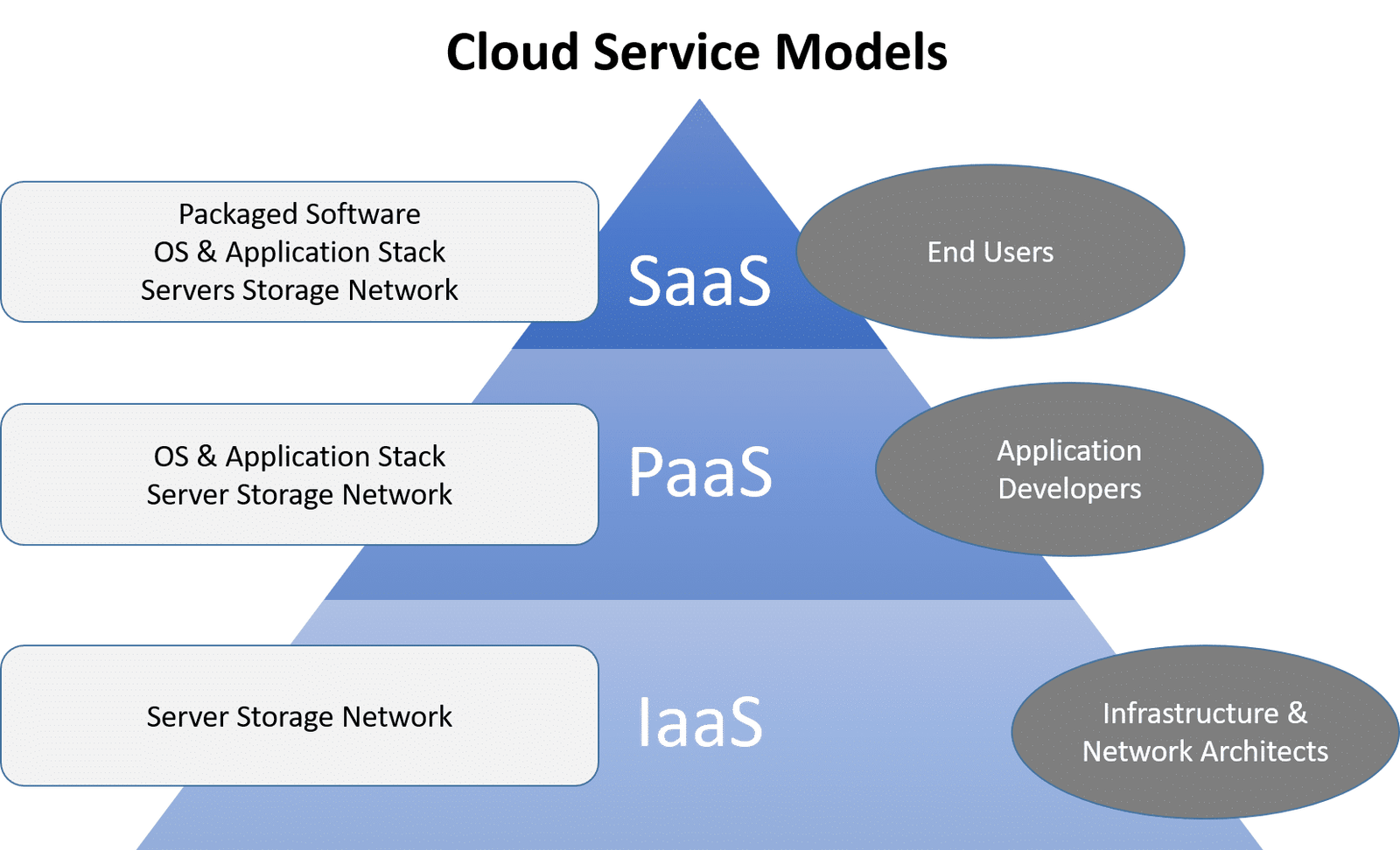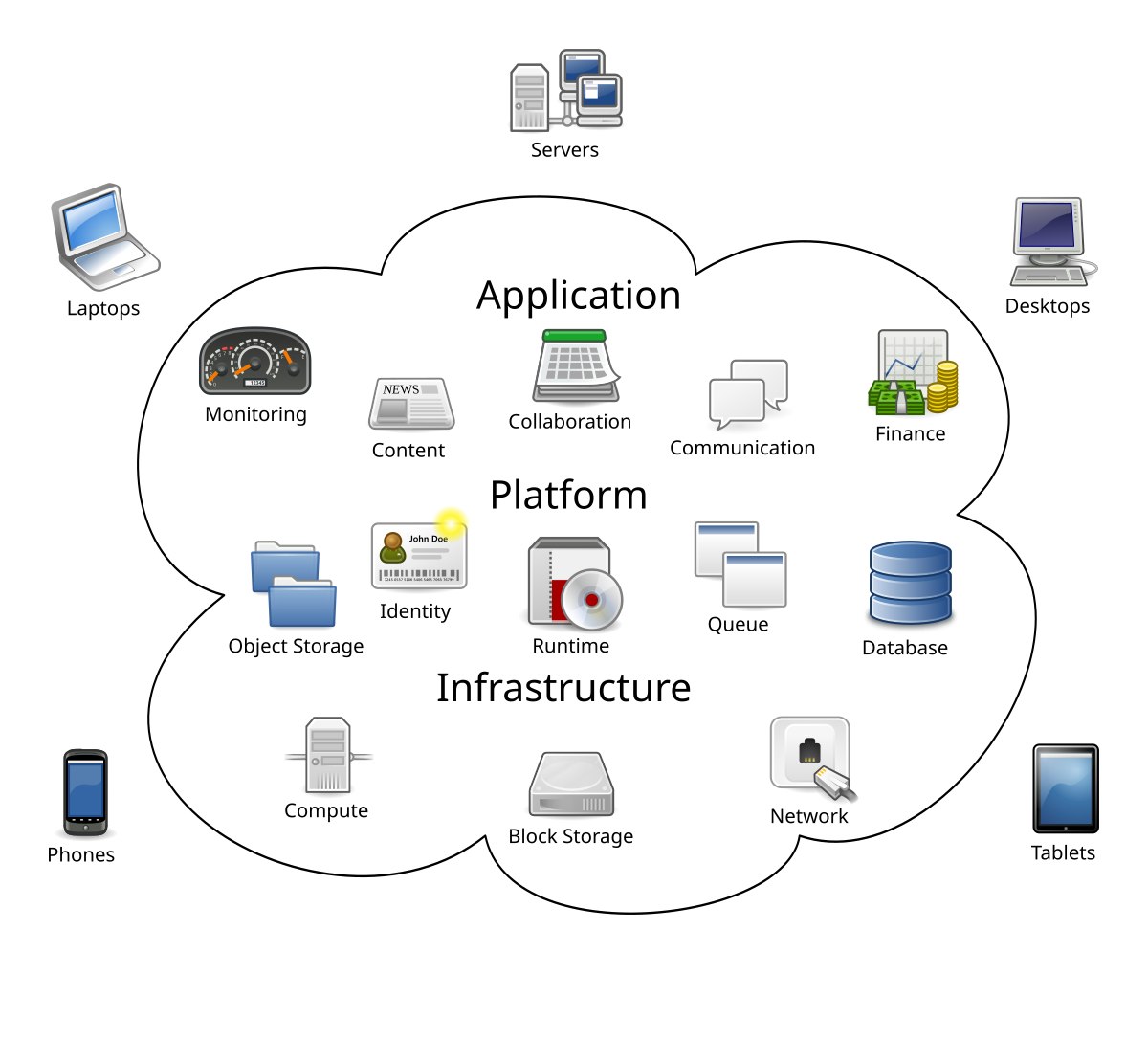Cloud Computing

Before we understand what cloud computing is, it is essential to note what is not cloud computing, or in other words, what is involved in today’s in-house computing.
What is not cloud computing is known as on-premise computing, in-house computing, or local computing.
What is involved in computing?
Compute essentially is the processing and memory power.
But the word cloud computing evolved and was used loosely beyond computation power.
It comprises processing, memory, storage, operating systems (Platform), application development, and applications.
We are shifting the on-premise Infrastructure to a provider who gives the computation power, storage, operating systems, web development and customised services or applications.
You start using hardware resources by the provider via the internet; it is called, Infrastructure as a Service (IaaS)
You start using platforms comprising hardware, operating systems, databases and software that act as a platform to build your applications is called Platform as a Service (PaaS).
You start using the particular Software like CRM, Finance, or HR offered by the vendor is called Software as a Service (SaaS)

Why would one move to the cloud?
Cost-effective
You don’t need CAPEX, that is, real estate, purchase of hardware, software, security software and principles, electricity, backup strategies, set of administrators, compliance regulations, etc. You are essentially transferring your CAPEX to OPEX. The cloud service provider takes over the burden of the whole process, and therefore it is off-loaded from you. When it is so cost-effective to move to the cloud, why is not everyone ready? Security is the top reason. Security of your confidential data, misuse of data that results in privacy violations, vulnerabilities that may exploit the vendor's cloud service stack that may accidentally leak your data.
Scalability and Elasticity
Elasticity is the second reason many organisations prefer to move to the cloud. Say you have purchased hardware and software to cater to your organisation’s needs. During the peak season of your business, you would need to increase the hardware capacity to serve your customers better. What is the solution you have? You would buy more hardware, processors, memory, storage, etc. This capital expenditure increases cost and may need to bring down the system to upgrade to new hardware. Well, it is okay; after all, you have upgraded your hardware to serve better and maintain a happy customer. What happens after your peak season ends and you get back to routine? Can you return the hardware as quickly as you purchased it and continue your business? No, you cannot. This rigid nature of hardware resources is incredibly elastic; you can demand the provider to increase the computation power when needed and pay for the use. And let the provider know to reduce the same when your peak season is over and pay accordingly. This elasticity could not have been possible without cloud computing. In other words, scaling up and down is the most significant unfair advantage you get using cloud computing.
Image Reference:
